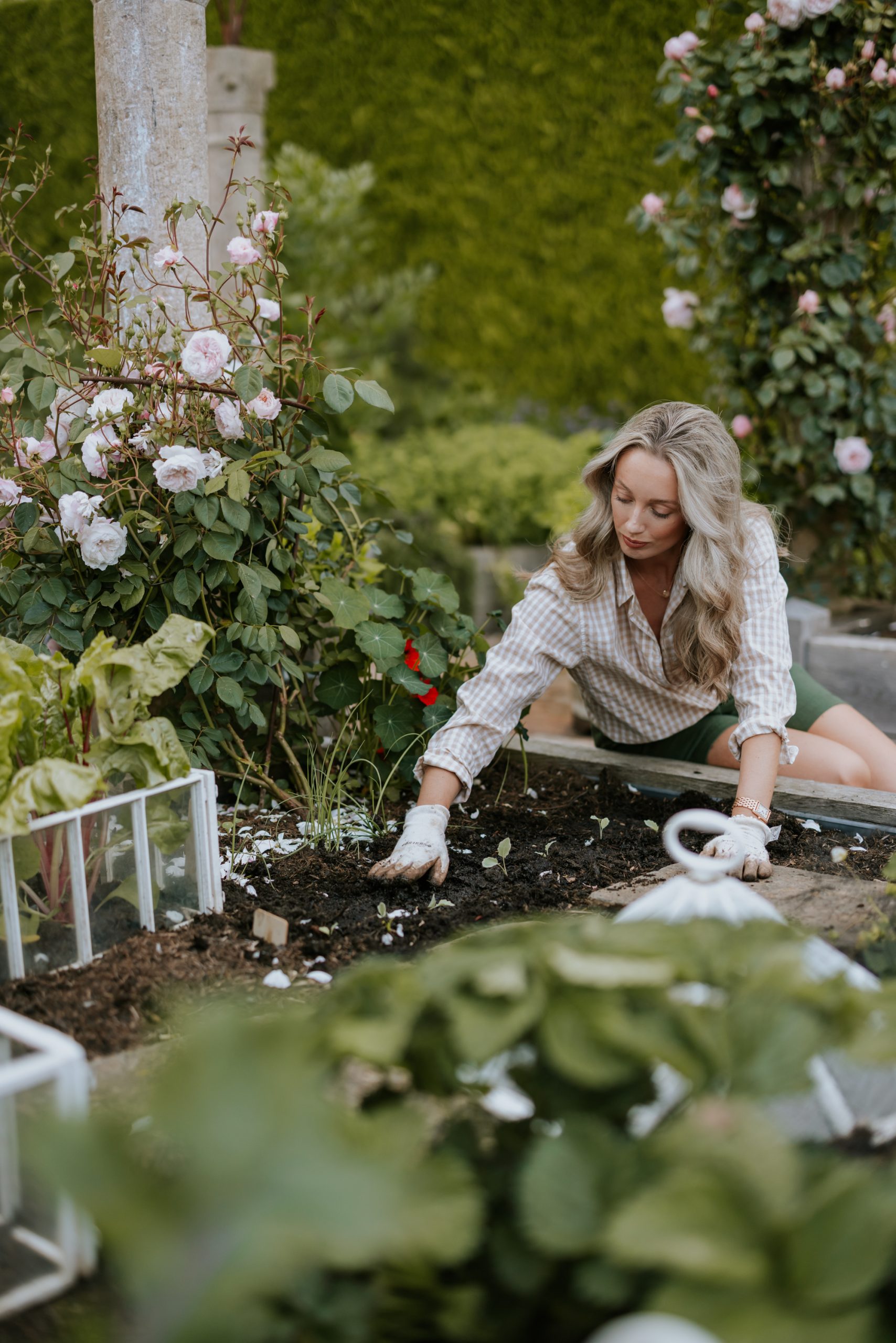Your July Gardening Jobs
July is a gorgeous time within the garden; crop harvests are becoming much more plentiful, and my borders and veg beds are looking beautifully abundant. The garden is teaming with wildlife; there are buzzing bees in the borders, great spotted woodpeckers foraging within our trees and naughty squirrels stealing ripe berries from our strawberry patch! July truly is a month to step back and enjoy all of your hard work within the garden, although it’s also important to stay on top of some key jobs.

Cut back perennials
If you have any perennials which are past their best, now could be a good time to cut them right back. They will produce lots of new foliage and will look a lot happier, although they may not re-flower, depending on the type of plant.
Sow your autumn crops
You can re-sow crops such as lettuce, spinach, kale and chard now to have a supply of leaves through the autumn months. You can also sow more radishes, spring onions and carrots, as these are fast growing crops which you will be able to harvest before the first frost. There are even some crops that can be sown now, ready to be harvested in winter or even in spring, such as spring cabbages and leeks.
Thin out apples, plums & pears
Have a look at your fruit trees, and if there are stems with groups of baby fruit on them, thin them out so that each stem only has three to four fruit per stem, and if you fruit tree is very young, thin them out to only one of two fruit per stem. This will ensure your young tree retains enough energy to continue to grow, and it means that you’ll get larger fruit, rather than lots of tiny ones!




Deadhead & feed your roses
Many varieties of rose will continue to flower right through summer and even through the autumn if cared for correctly. Be sure to regularly deadhead your roses; you may even want to deadhead slightly earlier than usually recommended, to prevent the petals falling to the ground and making a mess. If you gently pull at the flower head and the petals come loose, that flower is ready to be deadheaded. It’s also important to keep feeding your roses, to ensure that the plant has enough energy to keep flowering prolifically throughout the summer and beyond. Check the back of your rose feed to see how often to feed your roses.
Remove algae from you pond or water feature
The warm temperatures mean that algae is likely to build up faster during the summer months. Use a net to clear algae from your pond or water feature to keep the water looking clear, and to keep your pond healthy, as excessive algae growth can disrupt the balance of your pond’s ecosystem.
Start harvesting your courgettes
Courgette harvesting time is an exciting time within the garden! If you’ve ever grown courgettes before, you’ll know how abundant these plants can be. To keep these plants producing as many courgettes as possible, it’s important to pick regularly. Courgettes taste their best when they are small – around the length from the tip of your thumb to your wrist. Courgettes this size have a delicious nutty taste, whereas courgettes left to get to marrow size are watery and flavourless. Plus, letting courgettes get too big will really reduce the productivity of your plant.

If you’re looking for any antique garden furniture, check out our top antique websites here!





